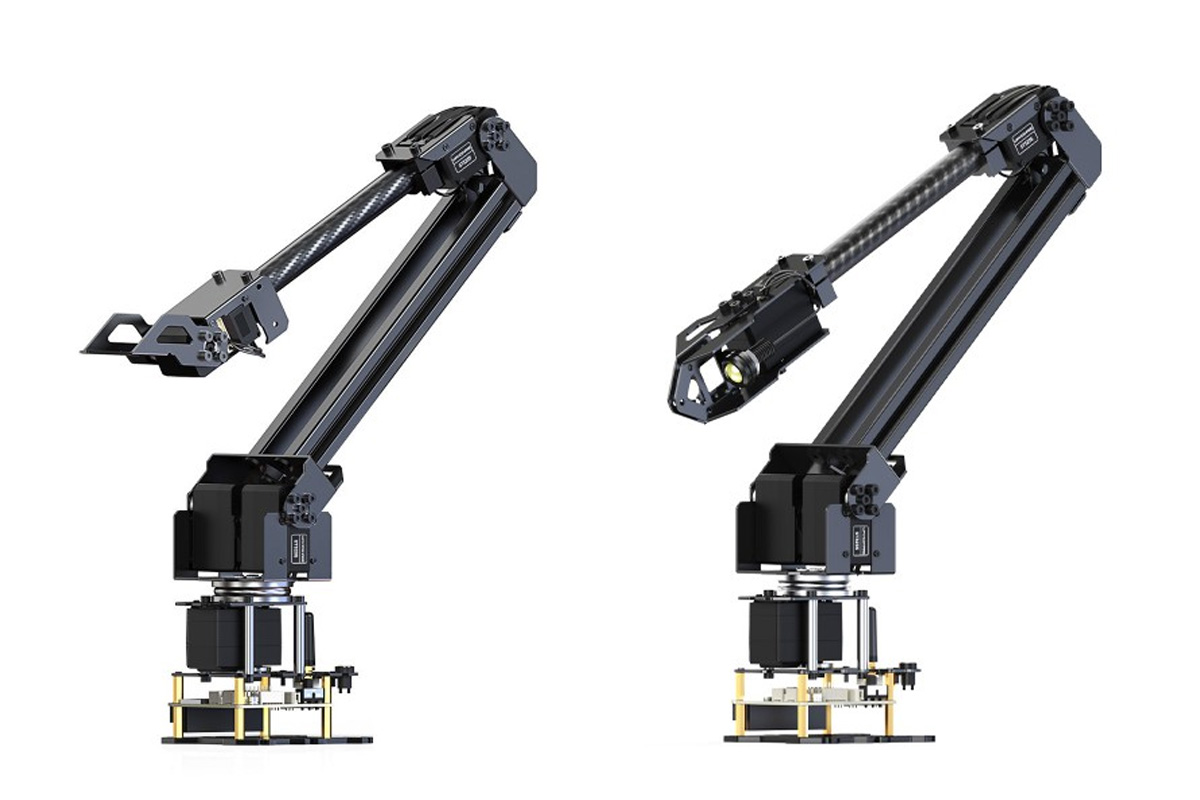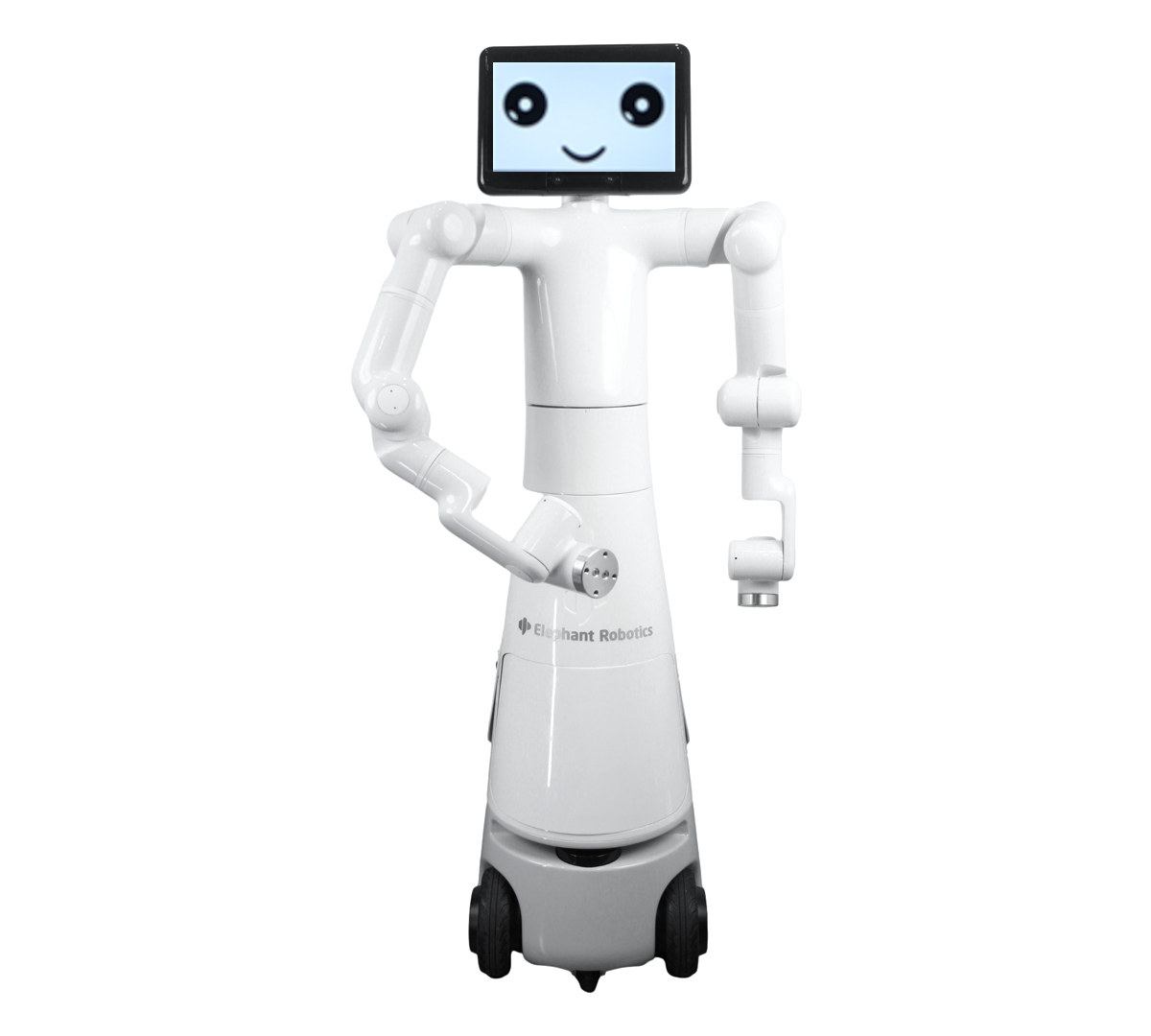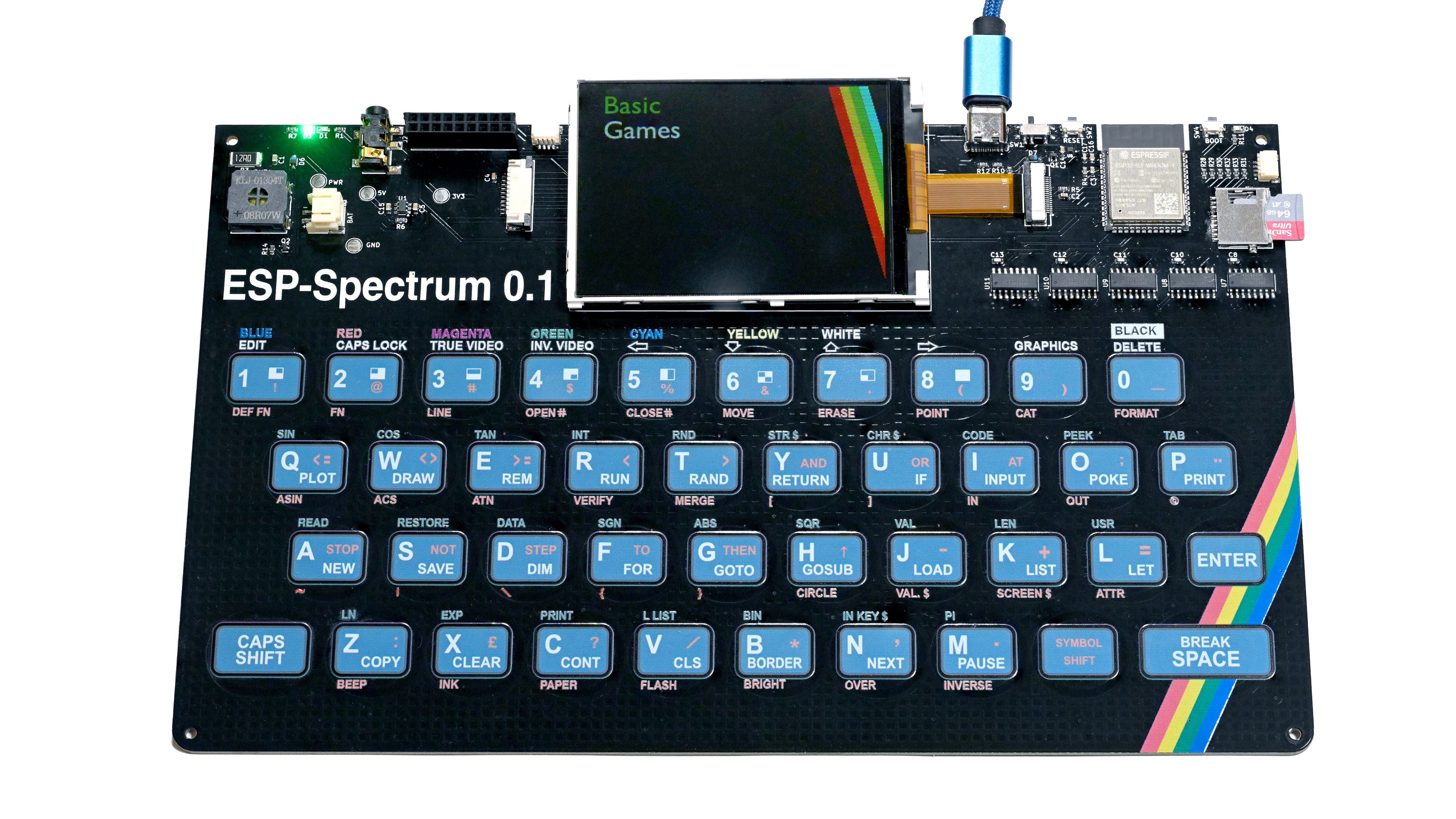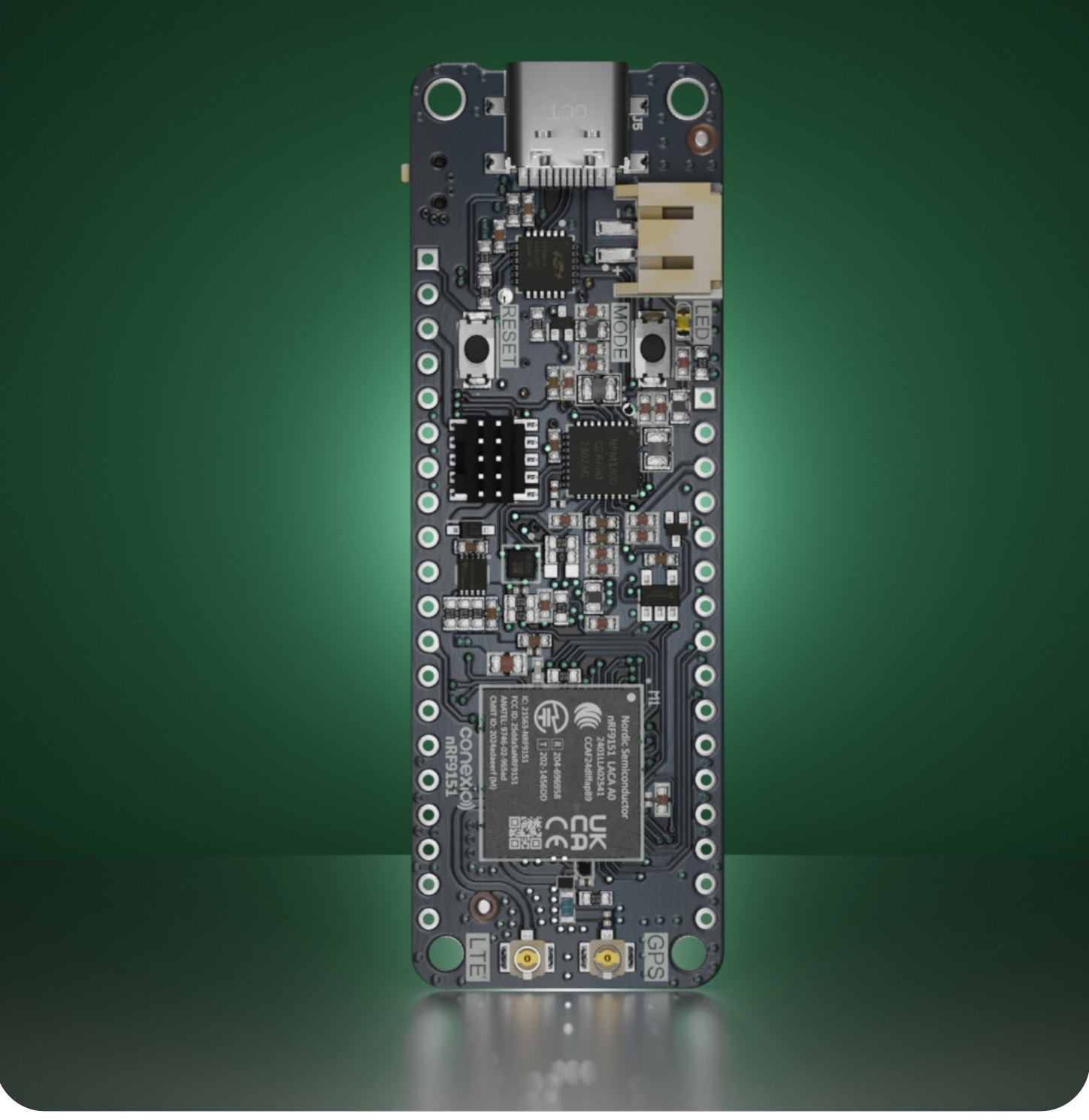The YULC (Yes, a USB-C LED Controller) board is a compact, ESP32-S3-powered LED controller with USB-C and DC jack power inputs. It is a fully featured board that can easily replace a rat’s nest of wires and save space and time. This ESP32 LED controller features a built-in buck regulator that converts input power from the USB-C port or barrel jack to the voltage needed for the LED strips. The YULC provides two separate LED channels with a level shifter each to ensure clean and powerful data output, removing the need for a sacrificial pixel or external level shifter. Each channel also has a power MOSFET that can turn off the channels individually and dim simple LED strips via PWM. AAElectronics, the maker, has previously released an IR remote—the Home Assistant-compatible ESP 360 Remote—which we covered at the time. Similar products include the SMLIGHT A1-SLWF-03, DFRobot’s EDGE102-DMX512, and the PixelBlaze […]
LILYGO T-Bao tiny AI robot combines ESP32 and Kendryte K210 RISC-V chip, features camera and display
The T-Bao AI robot is a compact embedded device/robot that combines an ESP32 and a K210 RISC-V microcontroller and can perform face recognition and robotics applications. This compact device features a 1.54-inch 240×240 capacitive touch screen, a 2MP OV2640 camera, a MAX98357A I2S audio amplifier, a DRV8833 motor driver, an MPU6050 6-axis motion sensor, and an AXP202 PMU for power management. Additionally, it supports USB charging, offers LEGO blocks compatibility, and can move around with integrated caster wheels. These features make it usable for educational projects, robotics, IoT applications, and embedded systems prototyping. LILYGO T-Bao specifications SoCs Kendryte K210 dual-core 64-bit RISC-V processor @ 400 MHz with 8MB on-chip RAM, various low-power AI accelerators delivering up to 0.5 TOPS ESP32-D0WDQ6-V3 dual-core Xtensa LX6 processor, 240 MHz, 16MB Flash, 8MB PSRAM Display – 1.54-inch capacitive touch LCD (240×240) Camera – 2MP OV2640 with rolling shutter, UXGA (1600 x 1200) resolution, 180-degree […]
Waveshare RoArm-M2 ESP32 robotic arms offer four degrees of freedom, various servo options
Waveshare has recently launched the RoArm-M2-S and RoArm-M2-Pro ESP32 robotic arms with four degrees of freedom, or 4-DOF for short. The main difference is that the RoArm-M2-S is equipped with standard servos, while the RoArm-M2-Pro features all-metal ST3235 bus servos, adding more durability and performance. Designed for educational and robotics applications, the 4-DOF RoArm-M2 is sturdy yet lightweight, built using carbon fiber and aluminum alloy. It can handle payloads up to 0.5kg and has a workspace diameter of 1 meter. The arm offers high precision with a 12-bit magnetic encoder and dual-drive technology for improved torque and stability. On top of that, it features a 12-bit magnetic encoder and dual-drive technology for improved torque and stability. Other features include a 360° omnidirectional base and support for both wireless (WiFi, ESP-NOW) and wired (USB) control. These features make this device suitable for various applications including industrial automation, education, research, and DIY robotics projects. Waveshare […]
Mercury X1 wheeled humanoid robot combines NVIDIA Jetson Xavier NX AI controller and ESP32 motor control boards
Elephant Robotics Mercury X1 is a 1.2-meter high wheeled humanoid robot with two robotic arms using an NVIDIA Jetson Xavier NX as its main controller and ESP32 microcontrollers for motor control and suitable for research, education, service, entertainment, and remote operation. The robot offers 19 degrees of freedom, can lift payloads of up to 1kg, work up to 8 hours on a charge, and travel at up to 1.2m/s or about 4.3km/h. It’s based on the company’s Mercury B1 dual-arm robot and a high-performance mobile base. Mercury X1 specifications: Main controller – NVIDIA Jetson Xavier NX CPU – 6-core NVIDIA Carmel ARM v8.2 64-bit CPU with 6MB L2 + 4MB L3 caches GPU – 384-core NVIDIA Volta GPU with 48 Tensor Cores AI accelerators – 2x NVDLA deep learning accelerators delivering up to 21 TOPS at 15 Watts System Memory – 8 GB 128-bit LPDDR4x @ 51.2GB/s Storage – 16 […]
ESP32 Rainbow is an open-source, ESP32-S3-powered ZX Spectrum single board computer (Crowdfunding)
Retrocomputing enthusiasts will be delighted to learn that a new ZX Spectrum replica is on the market: the ESP32 Rainbow. The single board computer swaps the Zilog Z80 for an ESP32-S3 microcontroller chip running an emulator, bringing the classic 80s computer back to life with a modern twist. It features a built-in color display, a microSD card slot for storage, a built-in touch keyboard in the ZX Spectrum style, and a USB Type-C port for power and data. The keyboard was recreated using full-color UV printing and is the most true-to-life component of the ESP32-S3-based ZX Spectrum single board computer. The touch keys won’t likely offer the best typing experience but that is reminiscent of the original ZX Spectrum. A lovely cherry on top is that the onboard USB-C port supports HID and the device can be used as a keyboard on another computer. The ZX Spectrum is one of […]
Black Friday and Cyber Monday 2024 – International deals and coupons
While Black Friday and Cyber Monday used to be a US-only event, it changed many years ago, and we’ve been writing about international Black Friday and Cyber Monday deals and coupon codes since 2014, since a large portion of our audience cannot benefit from promotions on Amazon’s Black Friday and Cyber Monday events that will take place from November 21 until December 2 this year. So I’ve gathered some international Black Friday and Cyber Monday 2024 deals and discount coupon codes from relevant manufacturers and popular online stores such as Aliexpress, Banggood, and others. Aliexpress Black Friday and Cyber Monday event Aliexpress’ Black Friday and Cyber Monday 2024 event has already started. There are three periods: Nov 19-21 PST – Warm Up event where users can find and add items to the cart before purchasing during the main event. Nov 22-30 PST – “On Sale” event with discounts up to […]
DFRobot EDGE102-DMX512 lighting controller combines ESP32-S3 MCU and DMX512 protocol chip
DFRobot’s EDGE102-DMX512 is a DMX512 lighting programming controller based on ESP32-S3 wireless MCU designed for efficient management of stage, theater, and venue lighting. With integrated WiFi and Bluetooth, the controller supports wireless programming and control, simplifying the setup of advanced lighting systems. It offers RS485 (master/slave modes) interfaces, I2C, UART, and GPIO pins for compatibility with a wide range of sensors and boards. This controller enables automation through sensor integration, supporting devices such as infrared detectors, sound level meters, and laser sensors. Its eight optically isolated industrial switch inputs ensure seamless compatibility with PNP sensors, allowing lighting effects to respond automatically to environmental inputs. By reducing dependence on manual DMX consoles, it is well-suited for automated lighting in theaters, stages, and commercial venues. EDGE102-DMX512 specifications: SoC – Espressif ESP32-S3 CPU – Dual-core Tensilica LX7 up to 240 MHz with vector instructions for AI acceleration Memory – 512 KB of internal […]
Conexio Stratus Pro nRF9151 low-power IoT development kit supports LTE-M/NB-IoT, DECT NR+, GPS, and more
Conexio Stratus Pro nRF9151 is an IoT development kit based on Nordic Semi nRF9151 system-in-package (SiP) with LTE-M/NB-IoT, DECT NR+, and GNSS connectivity designed for battery-powered cellular-connected products such as asset trackers, environmental monitors, smart meters, and industrial automation devices. It’s offered with the “Stratus Pro Expansion Dock” allowing users to add WiFi 6 through an nRF7002 expansion board and various other modules via Grove, Qwiic, MikroBus, and Seeed Studio’s XIAO connectors or sockets. It’s an update to the original Conexio Stratus Pro based on nRF9161 introduced last June with a very similar feature set. Let’s have a deeper look to find out any potential differences between the two versions of the devkit. Conexio Stratus Pro nRF9151 specifications (with changes highlighted in bold or strikethrough): System-in-package – Nordic Semi nRF9151 SiP MCU – Arm Cortex-M33 clocked at 64 MHz with 1 MB Flash pre-programmed MCUBoot bootloader, 256 KB RAM Modem […]










